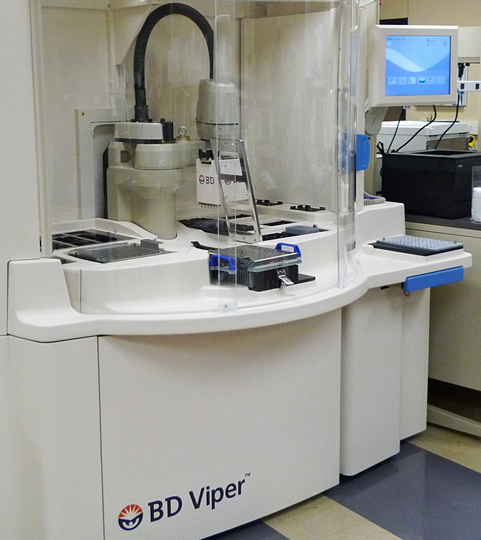
The chlamydia bacterium is similar to gonorrhea in the symptoms it produces and the way it is spread. Like gonorrhea, it can live in the cervix, urethra, throat, and rectum. Infected persons, both men and women, may lack any symptoms and can spread the disease unknowingly to other sexual partners.
Chlamydia symptoms usually become evident in one to three weeks after infection. however, chlamydia is one of the silent STDs because some people show no symptoms at all. It is estimated that about 75 percent of women and 50 percent of men exhibit no signs of the disease.
In women, chlamydia symptoms include vaginal discharge, burning or painful urination, abdominal pain, and lower back pain, pain during intercourse, fever, nausea, and vaginal bleeding between periods. in men, common symptoms include burning or painful urination, penile discharge, burning or itching around the opening of the penis, and swelling of the testicles.
Symptoms for men and women include a burning sensation while urinating. Chlamydia can travel up the fallopian tubes in women and cause abdominal pain, pain during intercourse, nausea and fever. Symptoms may include a vaginal discharge which may contain pus, pain during intercourse, frequent urination, burning pain when urinating. in chronic cervicitis the cervix may swell and cysts may develop.
Symptoms of an infection will initially include an abnormal vaginal discharge, such as an increase, followed by a foul smell. It may also burn when trying to urinate. Symptoms and signs, which can take anywhere from two to 30 days to appear, include a burning sensation when urinating, or a white, yellow or green discharge from the penis. sometimes men with gonorrhea get painful or swollen testicles. Symptoms of vaginal inflammation point to a different diagnosis or perhaps co-infection with two or more organisms. Diagnosis and treatment of Chlamydia trachomatis infection.
Women who have chlamydia only infecting the cervix, where it does not go up and actually infect the fallopian tubes, will probably maintain pretty normal fertility rates. on the other hand, repeated episodes of fallopian tube infection with either chlamydia or gonorrhea increase a woman’s risk of infertility due to tubal blockage and scarring. Women with damaged tubes do occasionally fall pregnant, but there is an increased risk of the pregnancy developing in the tubes rather than the womb. This is called an ectopic pregnancy. Women frequently develop pelvic inflammatory disease (PID). PID can cause infertility (not being able to get pregnant), chronic pelvic pain, tubal pregnancies, and the continued spread of the disease.
Women with chlamydia may also experience abnormal vaginal discharge or bleeding and painful sexual intercourse, while men with chlamydia may also experience slimy discharge from the penis and testicular pain. Chlamydia is easy to treat if it’s caught early. Women infected with chlamydia are also up to five times more likely to contract HIV if exposed, than women with a healthy reproductive system.